I need to find all the paths in a tree-like structure.
I recently defined Deep First traversal (or iterate) as follows:
dfIterate:: (a -> [a]) -> a -> [[a]]
dfIterate f a = map (a:) ([] : concatMap (dfIterate f) (f a))
It takes a seed a and a function a -> [a] (from each "a", you can get to multiple a's). The result is a list of paths starting from the seed. It works well:
ghci> let f a = if a == 1 then [2, 3] else if a == 2 then [4] else []
ghci> dfIterate f 1
[[1],[1,2],[1,2,4],[1,3]]
My function dfIterate iterates correctly and shows me all the paths. The function f simulates the tree above.
But how to make a "Breadth First Traversal"? The result in this case should be: [[1],[1,2],[1,3],[1,2,4]]. My first attempt:
bfIterate :: (a -> [a]) -> [a] -> [[a]]
bfIterate _ [] = [[]]
bfIterate f (a:as) = map (a:) (bfIterate f (as ++ (f a)))
I tried to use the second argument as a queue. I know I'm quite far from the result... Thanks
EDIT: This link gives interesting lines of approach: Breadth-First Search using State monad in Haskell. However, my question is about finding all paths (i.e. [[a]]), while that question is for finding single solutions (i.e. [a])
